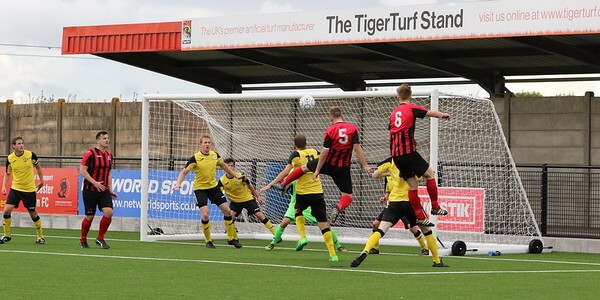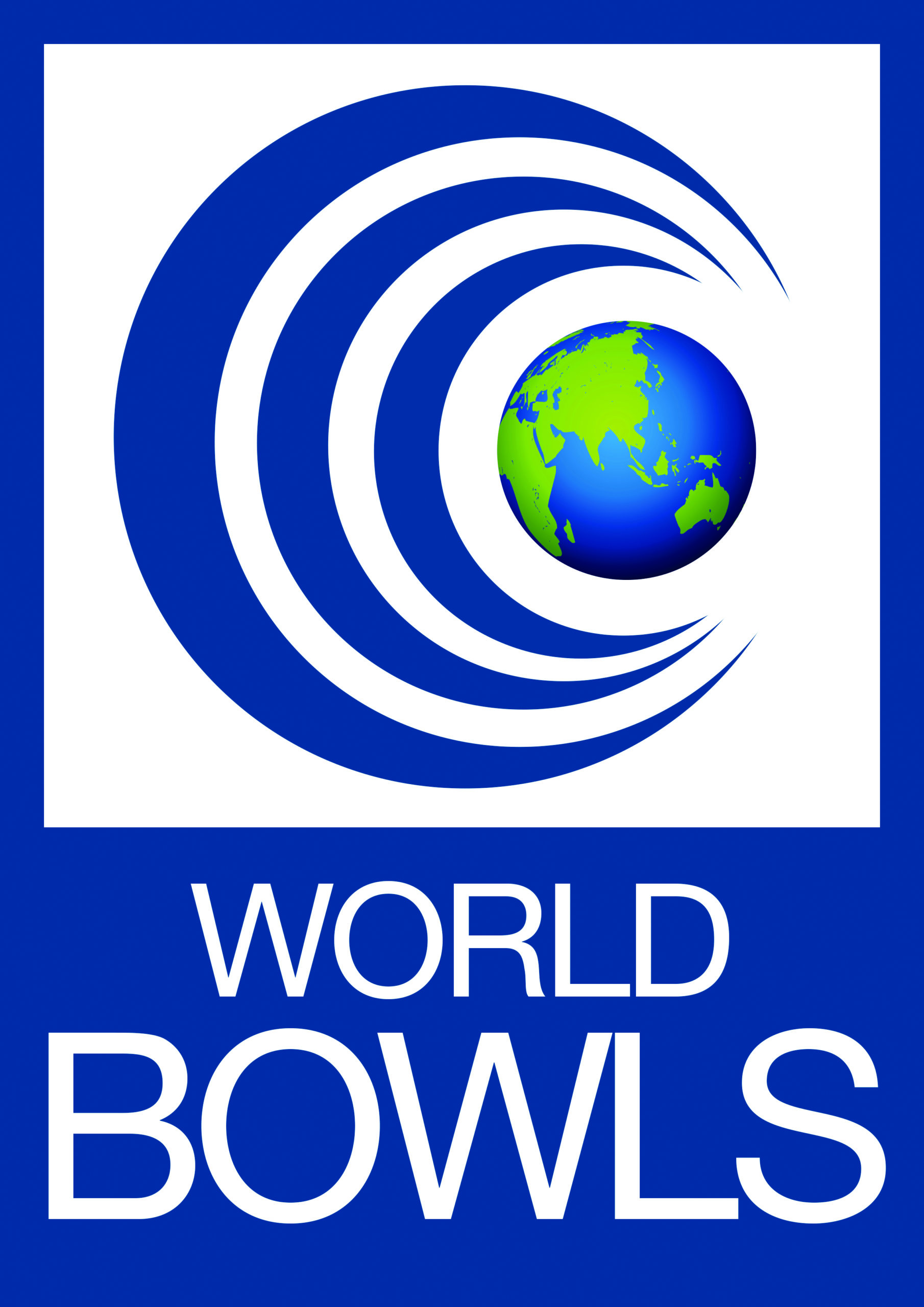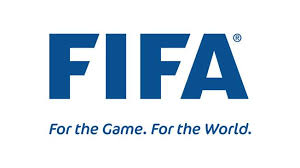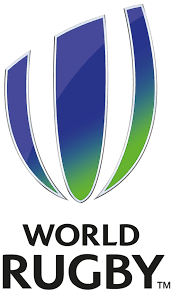
Artificial grass pitches have revolutionised the sports industry over the last 20 years. Football, rugby, hockey, tennis and golf have all benefited from introducing these pitches to their facilities at both professional and grass roots level, with clubs across the country.
But this hasn’t always been the case. Artificial grass still faces criticism with long-held beliefs that it isn’t ‘on-par’ with playing on a real grass surface – usually due to a bad playing experience on first and second generation ‘AstroTurf Pitches’ back in the 1990’s.
“In 2019, it’s a whole other ball game,” says David Hook, TigerTurf national sales manager.
David explains that the artificial grass pitches being manufactured and installed now, are as close to real grass as you can get.
“Historically there’s been concern that artificial grass pitches are hard on impact and ‘carpet like’, resulting in players not being able to perform. This isn’t the case today.
“TigerTurf’s technological advancements in manufacturing artificial grass has led to yarn developments which now mimic real grass. For example, when under pressure, the yarn in our Premier Pro 3G product twists and bends, like grass would, to create a bounce-back action which doesn’t result in weak points in the fibre.
“This creates an experience more reflective of what a real pitch delivers, giving players the opportunity to ready themselves for the exact playing conditions they’re going to experience on match day.”
David addresses another concern with artificial pitches – a perception of heightened injury risk.
“There’s a preconceived idea that these pitches are hard under foot, resulting in high-impact joint injuries. Again, this isn’t the case. Research in the British Journal of Sports Medicine concluding there’s no evidence of a greater risk of injury when football was played on artificial turf compared with natural grass.
“There are several layers to the base of a 3G pitch, including shock-pad layers and rubber crumb infill, to emulate real grass. This provides a cushioning effect ensuring shock absorption and creates a smooth, level and sturdy playing surface, actually reducing the chance of injury. Each base can be designed specifically for different sports.”
“The base layers in an artificial grass pitch also contain optimum drainage, so regardless of the weather, training and matches can continue without concern over muddy, water-logged pitches that will take days to recover,” adds David.
“Artificial grass pitches pay their way during the winter months. Colder temperatures can result in hard, frozen grass pitches, but artificial grass provides a surface for players to train on which is the same as during the summer months.”
From a coach’s perspective, Cirencester Town FC academy manager, Ross Langworthy, says the club’s artificial grass pitch has improved player performance.
“Previously, we weren’t able to train daily on the main pitch, particularly if there’d been a match the night before, or if we’d experienced heavy rain. But now we have daily sessions where my players can play fast-paced football, emulating match experiences, so they’re ready for every game.
“Having personally played on ‘older style’ artificial turf, I did worry that it wouldn’t be as good as the real thing, but the 3G pitch we have now is the closest to real grass my players could play on. They have confidence to trust the surface, to use it as they would real grass but with smoother movements of the ball – creating great passes of play.
“We’re massively benefitting from being able to train in all conditions, as often as we like and at all times of year, with the rewards being shown in our match performances.”
Looking to the future of 3G, David adds that innovation is only likely to continue. “I’m excited to see how we can continue to make advancements in artificial grass pitches, moving to the next generation of surfaces to allow players to perform at their best – so watch this space.”
To talk to David about installing a TigerTurf pitch at your community facility, contact us.





